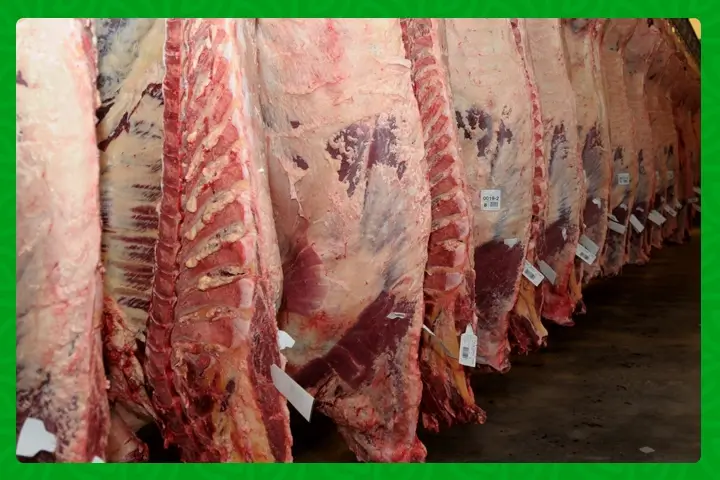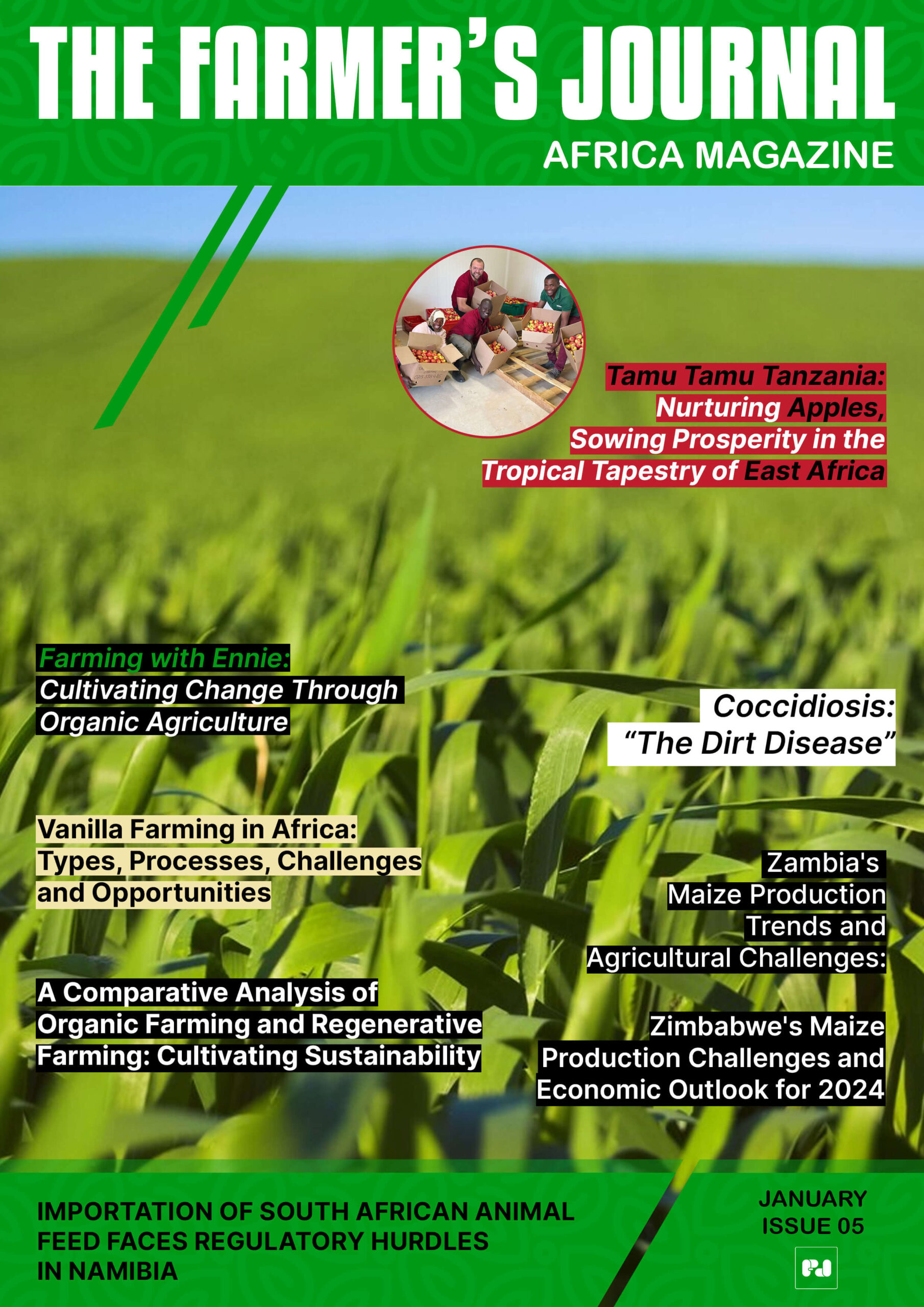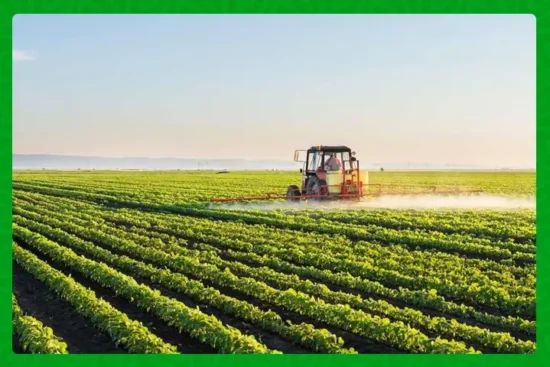
Rwanda has set an ambitious goal to boost its annual meat production by nearly 20% over the next five years. The country aims to increase production from 207,097 tonnes in 2023/24 to 247,223 tonnes in 2028/29 under the fourth Strategic Plan for Agriculture Transformation (PSTA5), as reported by the Rwanda Agriculture and Animal Resources Development Board (RAB).
This initiative is expected to enhance food security, support economic growth, and cater to the rising demand for meat in Rwanda. However, achieving this target will require strategic interventions, including improvements in livestock breeding, feed production, and sector-wide policy support.
Current Meat Production Landscape in Rwanda
According to Solange Uwituze, Deputy Director General in charge of Animal Resources Development at RAB, Rwanda produced 207,097 tonnes of meat in 2023/24, achieving 96.3% of the set target under PSTA4. However, challenges such as prolonged drought and high feed costs impacted production.
The major contributors to Rwanda’s meat production include:
- Beef (cattle) – 35% of total meat production
- Poultry – 22%
- Goat meat – 19%
- Pork – 14%
- Sheep and rabbit – 5% combined
While beef remains the leading meat source due to traditional preferences, future projections indicate poultry and pork will dominate meat production in Rwanda.
Planned Strategies to Achieve the 2029 Target
To meet the 247,223-tonne goal, the Rwandan government and stakeholders have outlined key interventions:
1. Enhancing Livestock Breeding and Production
- Establishment of breeding centers to improve genetic quality of livestock
- Expansion of artificial insemination programs, particularly for pigs
- Ensuring a steady supply of day-old chicks (DOCs) for poultry farmers
2. Addressing Animal Feed Challenges
- Increased production of maize and soybeans, essential components of animal feed
- Establishment of silos to store grain during harvest seasons, reducing price fluctuations
- Encouraging local feed production to ensure sustainability and affordability
3. Scaling Up Pork and Poultry Production
- Poultry farming efficiency: A 50-square meter farm can produce a tonne of chicken meat in two months, making it a viable option for Rwanda’s limited land.
- Pork industry growth: Advancements in swine artificial insemination, including drone-delivered swine semen, are improving pig breeding efficiency.
- Promoting pork consumption beyond pubs, integrating it into household diets to boost demand.
4. Strengthening Meat Safety and Value Addition
- Expansion of public and private slaughterhouses to maintain meat hygiene
- Value addition efforts such as processing pork into sausages and other meat products
Poultry and Pork: The Future of Rwanda’s Meat Industry
As Rwanda progresses towards its meat production target, poultry and pork are expected to play an increasingly dominant role.
Poultry: A High-Potential Industry
According to Andrew Butare, Chairperson of the Rwanda Poultry Industry Association:
- Chicken meat is more affordable than beef (Rwf3,500–4,000 per kg vs. Rwf6,000–7,000 per kg).
- Increased local production of day-old chicks is needed to support the growing poultry sector.
- Current imports of layer chicks from Belgium and the Netherlands highlight the need for local breeding centers.
Pork: A Rapidly Growing Sector
According to Jean Claude Shirimpumu, Chairperson of the Rwanda Pig Farmers’ Association:
- The pig industry has seen remarkable development due to improved breeding techniques.
- Drone technology for artificial insemination is ensuring accessibility to high-quality swine semen.
- The growing number of animal feed factories is addressing one of the key challenges in pig farming.
Addressing Rwanda’s Low Meat Consumption Rate
Despite these efforts, Rwanda’s per capita meat consumption stands at 14.8 kg per year, far below the global average of 43 kg per year and significantly lower than the 100+ kg in developed nations.
To encourage higher consumption, the government and stakeholders are promoting affordable meat sources like poultry and pork while addressing public perception on meat varieties such as pork.
A Transformative Vision for Rwanda’s Meat Industry
Rwanda’s goal to increase meat production by 20% by 2029 is a strategic move towards food security and economic sustainability. By investing in livestock breeding, animal feed production, and efficient meat processing, Rwanda is positioning itself as a key player in Africa’s growing meat industry.
With an increasing shift towards poultry and pork production, the country is set to not only meet its domestic demand but also potentially expand its meat exports in the future. The success of this ambitious plan will depend on continued government support, private sector involvement, and innovative farming solutions.
Original article written by Emmanuel Ntirenganya from The New Times
Stay updated with the latest farming tips and agriculture industry news from Africa by subscribing to our newsletter. Don’t miss out on valuable insights and updates. Follow us on Twitter, LinkedIn, and Facebook to join our farming community and stay connected with us.


















